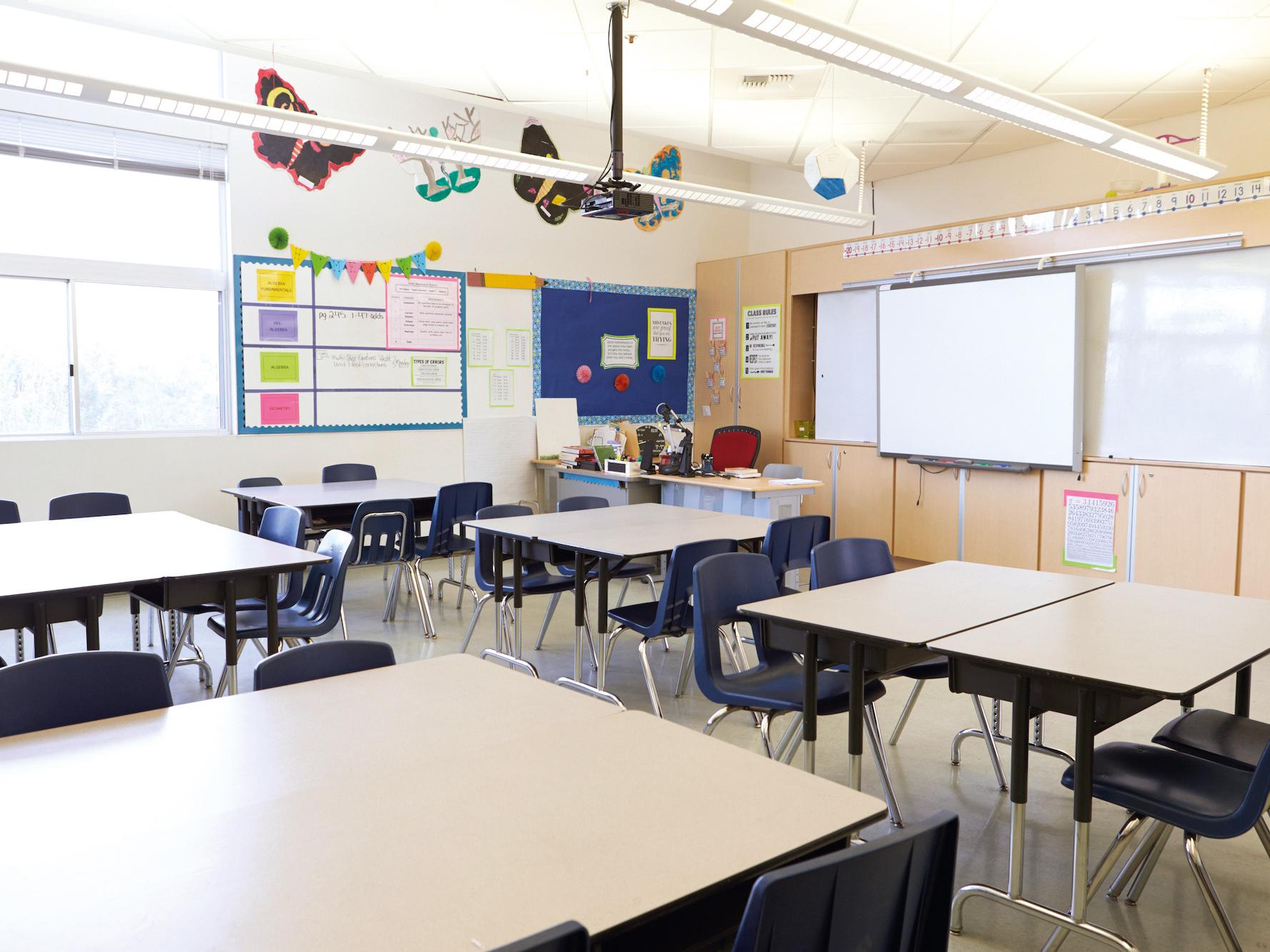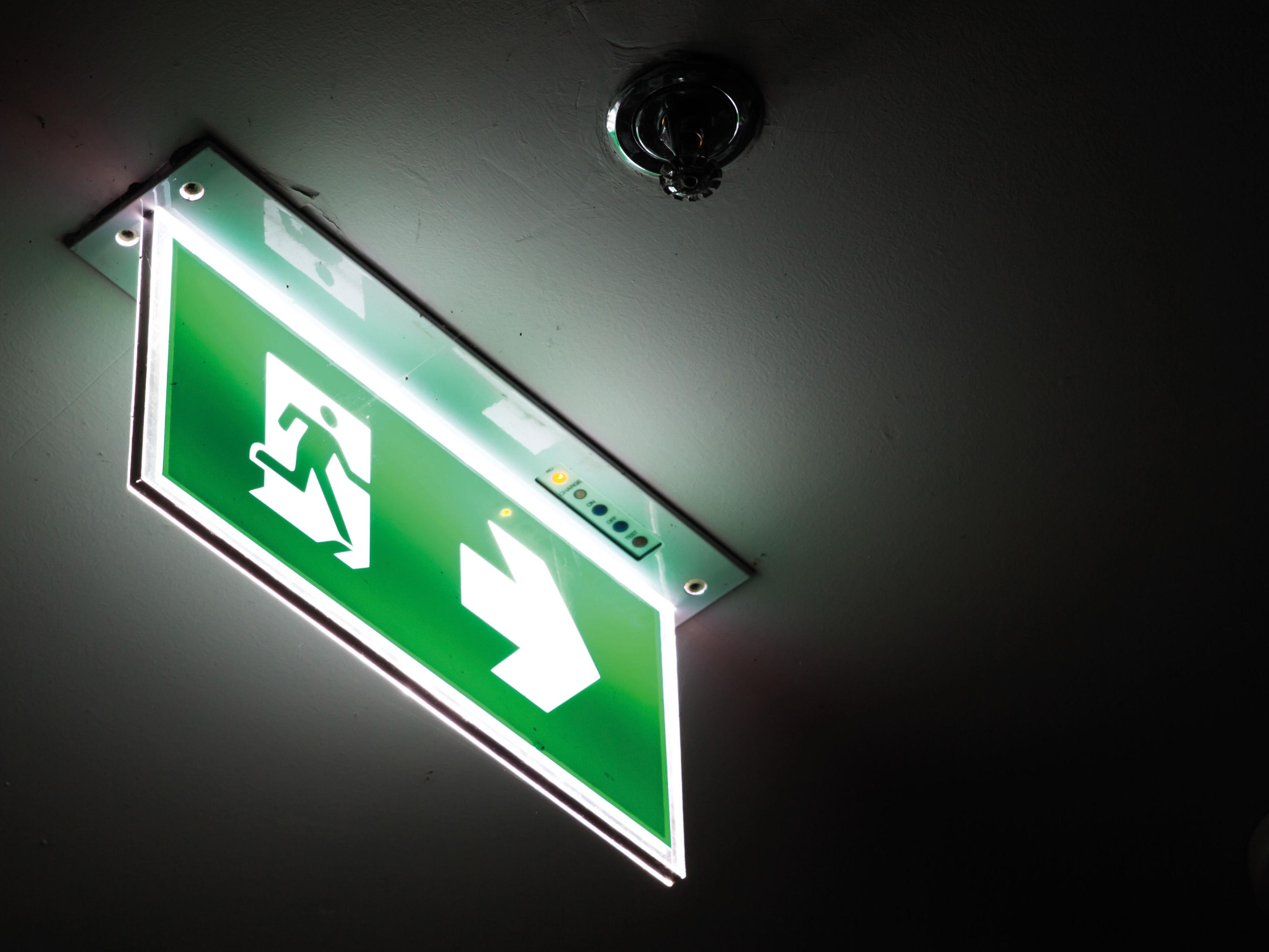
Katrina Adamczyk, Manager of Category and Merchandising at ElectricalDirect, explains the regulations around emergency lighting in schools, and what those in charge must consider
THE safety of staff, pupils, and visitors is critical within schools, therefore emergency exit routes must be carefully considered for a quick evacuation, and so too the specification and maintenance of emergency lighting. It is a legal requirement under The Regulatory Reform (Fire Safety) Order 2005 that anybody – including those unfamiliar with the building layout – should safely and effectively be able to find their way out.
There is a misconception that schools are always full of light as they are ‘day[1]time’ operations. However, some classrooms and hallways may be subject to little or no light should the mains power fail, and there are still members of staff who will be on site outside of standard hours. Schools also typically host parents’ evenings, after school clubs, or are rented out to others for use into late evenings, and the person in charge then has a duty of care to all of these people.
The Regulatory Reform (Fire Safety) Order 2005, Article 14, stipulates that “(h) - emergency routes and exits requiring illumination must be provided with emergency lighting of adequate intensity in the case of failure of their normal lighting” – meaning in the event mains power fails, the emergency system can operate independently and ensure people will be able to exit quickly.
To ensure this, it is important that a professional fire safety specifier, the person responsible for the premises, and the fire risk assessor in charge meet to inspect the building to dictate the requirements.
British Standard BS 5266-1:2016 will outline detailed information on not only where lighting should be placed, but also how powerful the lighting should be and the minimum duration it should last in the event of a mains power failure – this is typically three hours for most premises.
It recommends, for example, that for escape routes up to 2m wide, 50% of the route should be lit to a minimum of 1 lux, with wider escape routes being treated as a number of 2m wide bands.
Self-contained single-point power supplies are best for emergency lighting. Installation is considerably quicker, creating less disruption for pupils and staff, and standard wiring material can be used for this application. This also provides a system with strong integrity, as each light will be independent of the others; if one fails, the rest will continue to operate as normal. This also means the system can easily be extended if required.
LED lights are ideal for any emergency lighting network, offering superior illumination and lower power demand, and providing sufficient light coverage whilst also saving energy costs for the school.
It is crucial that a designated responsible person tests the system every month, and keeps a written log, as battery life can vary between two to 10 years dependant on the type of battery and application.
There’s a wealth of legislation surrounding signage alone for emergency routes that must not be overlooked, as it forms a critical part of the fire safety strategy. Clear and unambiguous signage is essential for building occupants, as well as persons who may be visiting and new to the premises, in order to escape quickly in the event of an evacuation.
It is a legal requirement to ensure escape routes in schools are adequately lit and signposted for safe evacuation in the event of an emergency. By working with professionals and reputable suppliers early on, those in charge of the premises can have peace of mind over the safety of all building occupants
